Sustainable Play – The 5R Framework Applied to the Playground Industry
Without a doubt, sustainability has gained a lot of attention in the playground industry. Like in any other segment, it has been a hot topic, and therefore a lot of organisations come up with a new sustainability policy. However, as Galopín´s Product Editor, Pablo Buyo, explained in his post ´Understanding Sustainability´, a lot of the initiatives are focused on trending watchwords, like ´recycled materials´ or ´low-emission´, and not on holistic solutions that really make a change.
Instead, sustainability should be integrated in every level of a business: starting from the mission statement and the very first design sketch, to the actual end of life of the product, not just the end of the production process.
But how should we do this? One very interesting option I learned about in my Master about sustainable business is the appliance of the R-framework, a set of sustainable actions that has been used in the scientific field of waste management. Applying this structure to the playground industry would give a more complete view of what we could improve. Therefore, in this blog, I will give a quick overview of it´s potential to make Play more sustainable.
This framework originally started out with the 3R´s (Reduce, Reuse, Recycle), but then turned into 4R´s, 5R´s, 7R´s, and even 9R´s. Here I refer to just one framework, the 5R´s by Balwan, Sing & Kour (2022)*, as this version is not too extensive and is well adaptable to the playground industry.
The 5R´s, as explained by these authors, refer to the following actions that can improve business practices (or, in this case, playground design and production): Refuse, Reduce, Reuse, Repurpose, and Recycle. Even though they are often portraited as of equal importance, they actually should go from more to less important in terms of impact, like in the inverted pyramid below. To Refuse is most important, while Recycling is of -relatively- less significant impact.
The first action, to Refuse, is all about the concept of ´less is more´. In general, our society is always focused on ´more is more´: more stuff, more money, and – in the case of play spaces – as much equipment in as little space as possible. However, many are finding out that this is not the best outcome, and they start refusing useless additions. In playground terms, for example, it would be better to put one high quality play tower with lots of playability in the play space, and to refuse stuffing it with lots of lower quality items, that have little added value and could even be unsafe. Using less, but of higher quality, is not only more sustainable, but also significantly improves the general perception of the play spaces. Also, it leaves more room for other important things, like wheelchair access, trees or plants, and resting spots.
The second action, ´Reduce´, would refer to the reduction of used materials and emissions in the produced equipment. At the first sight, it seems like this industry is doing a good job, with all the new low carbon-emission production with neatly calculated data sheets. However, an often-made mistake is to simply reduce the amount of material or emission in the production of the play equipment and call it more sustainable: this doesn´t take into account the product lifetime. After all, if one play tower consists of more material, but then lasts 15 years without any replacement, it requires significantly less resources than a second play tower, that might have only 70% of the materials and lower emissions during production, but has to be replaced each 5 years. Thus, in order to reduce, we should value a long lifetime a little bit more.
The third action encourages us to Reuse. Reusability means that you keep re-using the equipment for its original purpose, instead of replacing it for newer equipment. In order to do so, it is essential that the equipment is repairable and modular, as there are always small parts that need replacement, like the tyres of a used car. This modularity should be integrated in the very first product design: the more modular a net, swing, tower or slide is, the easier it is to just replace small parts instead of the whole structure, greatly increasing its total lifetime and sustainable value.
The fourth action, to Repurpose, means that you change the purpose of a certain product or part to become something completely different. This is a solution with very high potential, as it allows you to be very creative with your product use. Even though we still have a lot to learn about this concept at Galopín, we have already done some very cool repurposing experiments with residual or used materials. For example, we have built countless fences and even a riding arena at our As Salgueiras Foundation with the rejected pine wood posts. Also, we have made a batch of colourful tangram games with residual HDPE panels. In repurposing, the possibilities are endless, especially in the playground industry.
Then, the last action of the 5R framework is to Recycle. Even though the use of recycled materials is a hot topic in the world of playgrounds, it is only at the bottom of the inverted pyramid. Sure, recycled instead of virgin materials can definitely make a difference, but using recycled materials without considering their quality, origin, or recyclability (because, after all, ´recycled does not necessarily mean ´recyclable´), you could even do more harm than good. Therefore, as mentioned in Pablo´s post, we only choose to recycle at Galopin if it does not interfere with any other of the actions mentioned above.
So, we probably still have got some work to do regarding sustainability in the playground industry. The 5R framework is just one of the options to start looking at the system as a whole, there are many more possibilities. However, the most important step would be a change of mindset: to let go of trending topics, and start seeing sustainability as a holistic concept that is integrated in every single detail of a business. Only then, we will truly be able to figure out sustainable play.
* Balwan, Wahied Khawar, Arashdeep Singh, and Sachdeep Kour. “5R’s of zero waste management to save our green planet: A narrative review.” European Journal of Biotechnology and Bioscience 10, no. 1 (2022): 7-11. https://scholar.google.com/scholar?hl=en&as_sdt=0,5&qsp=2&q=reduce+reuse+recycle+refuse&qst=ib
Linda Uittenbogaard, Sustainable Business and Innovation graduate at Utrecht University and international Key Account Manager at Galopín.

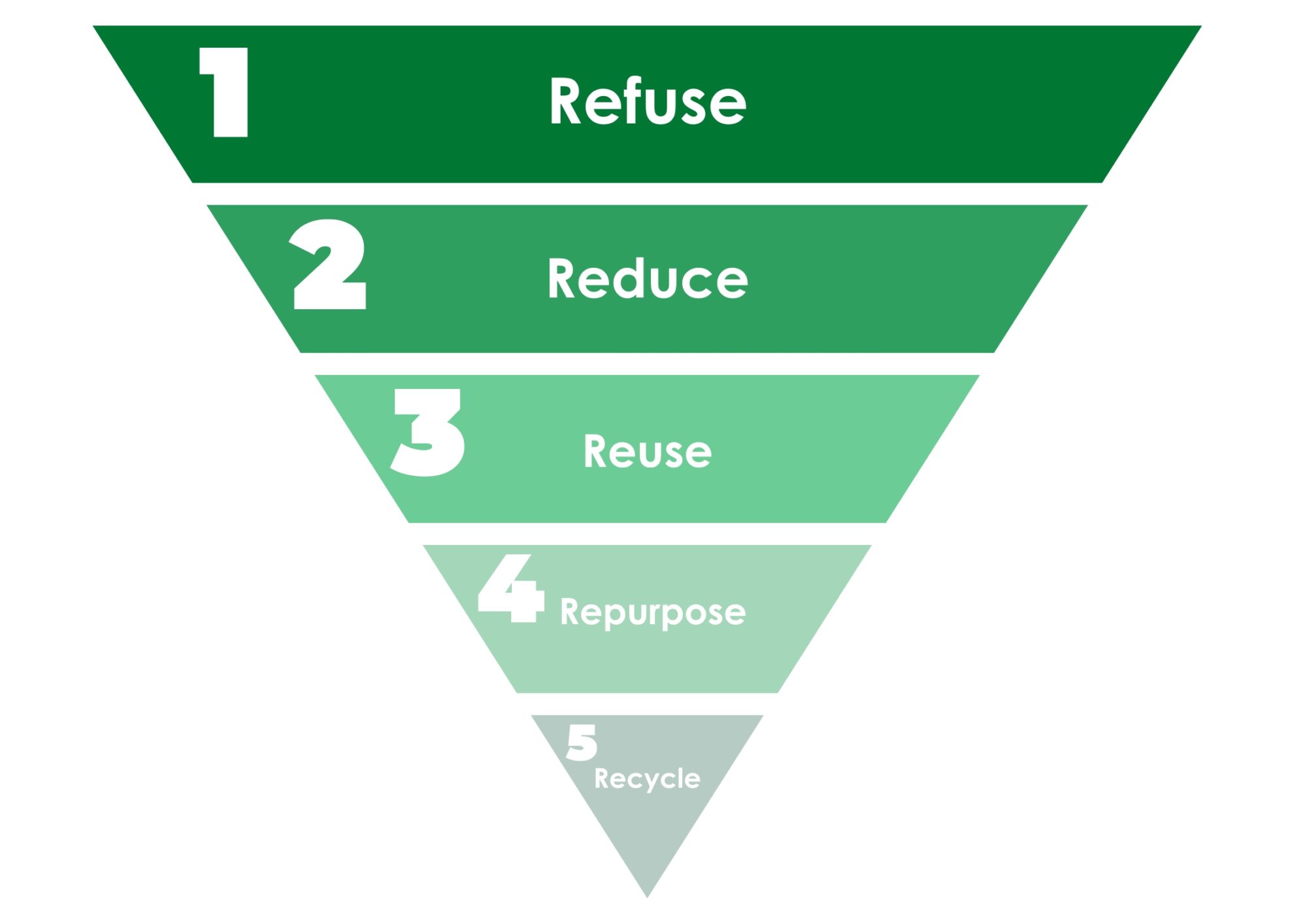
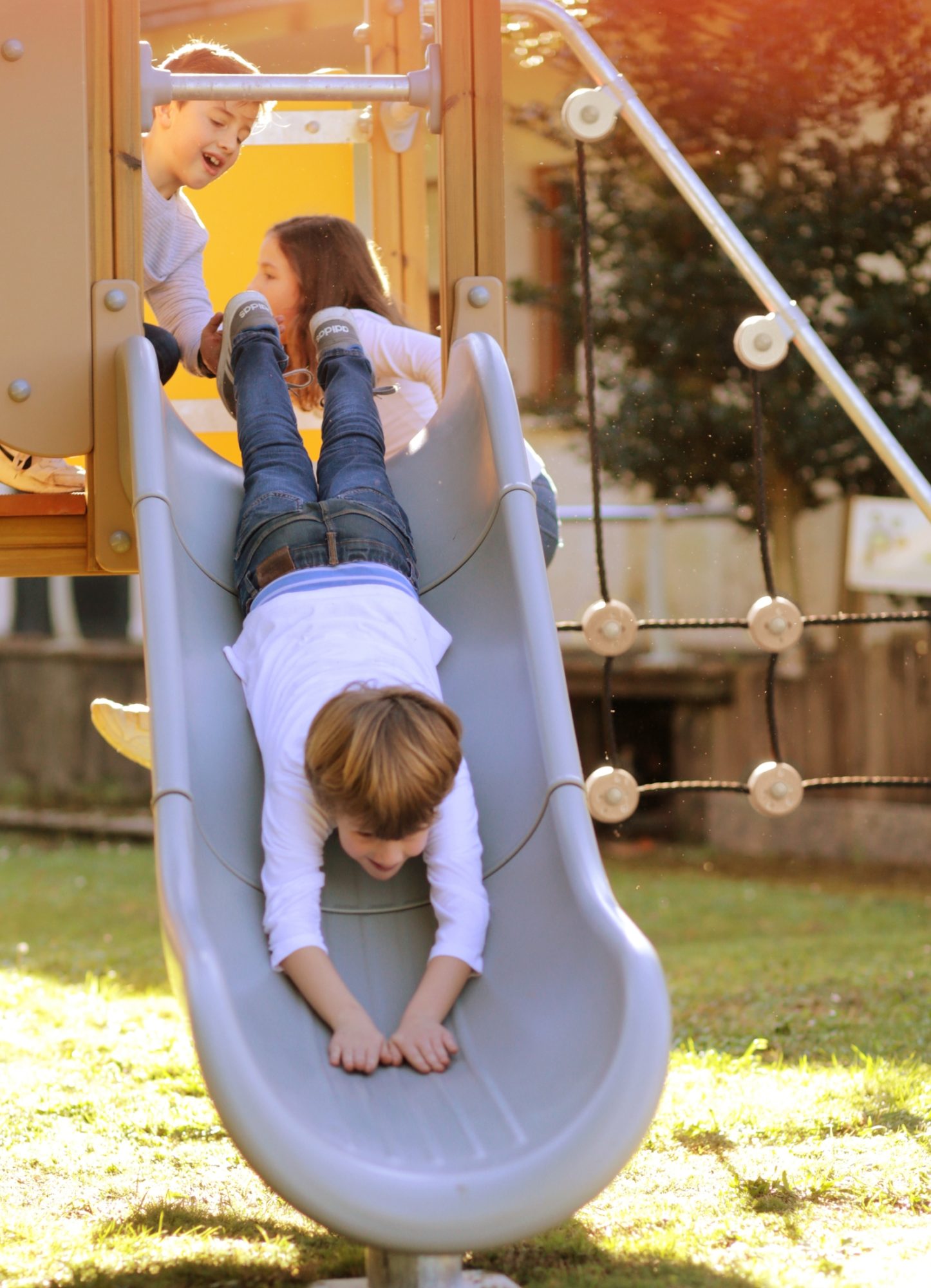

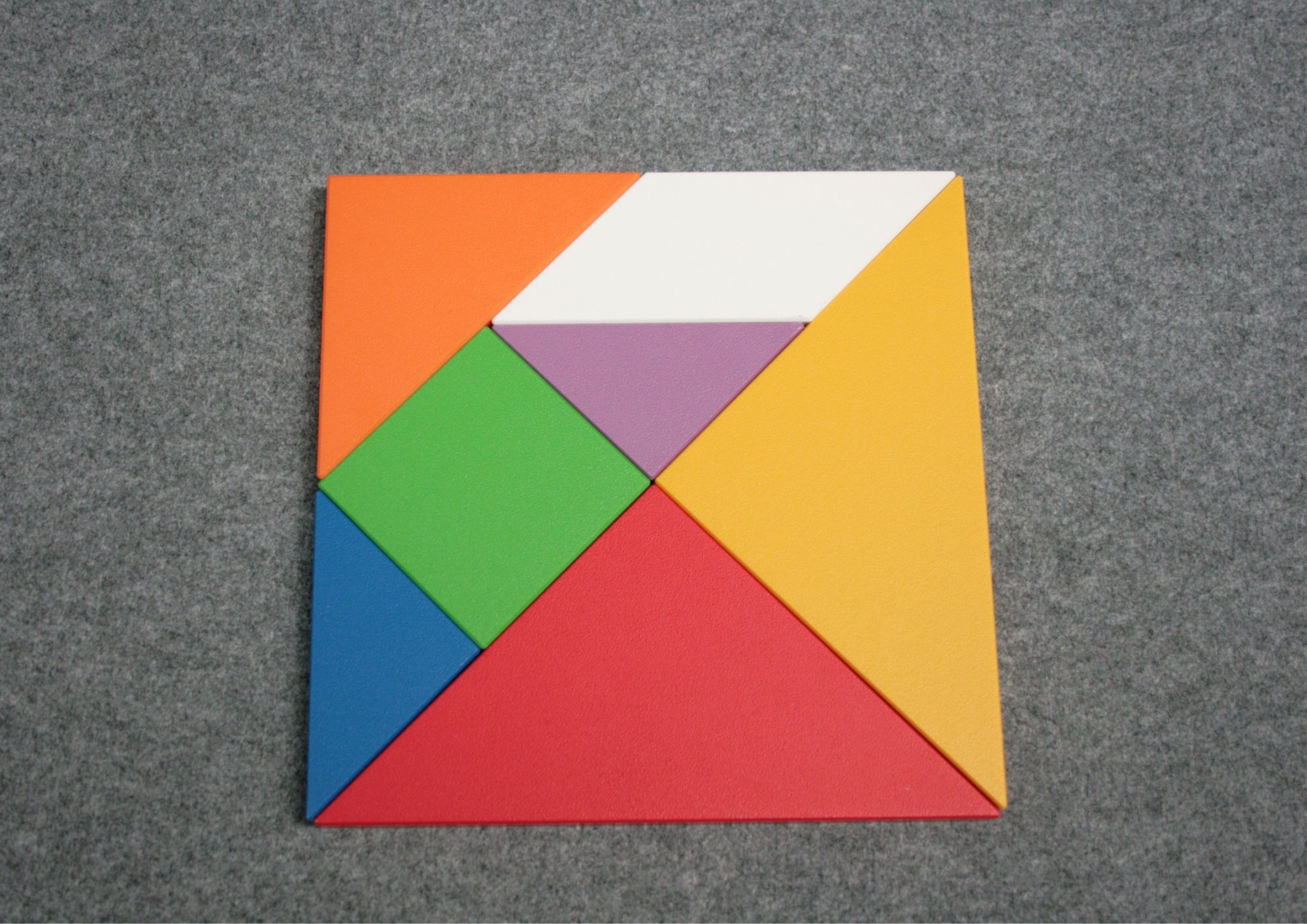
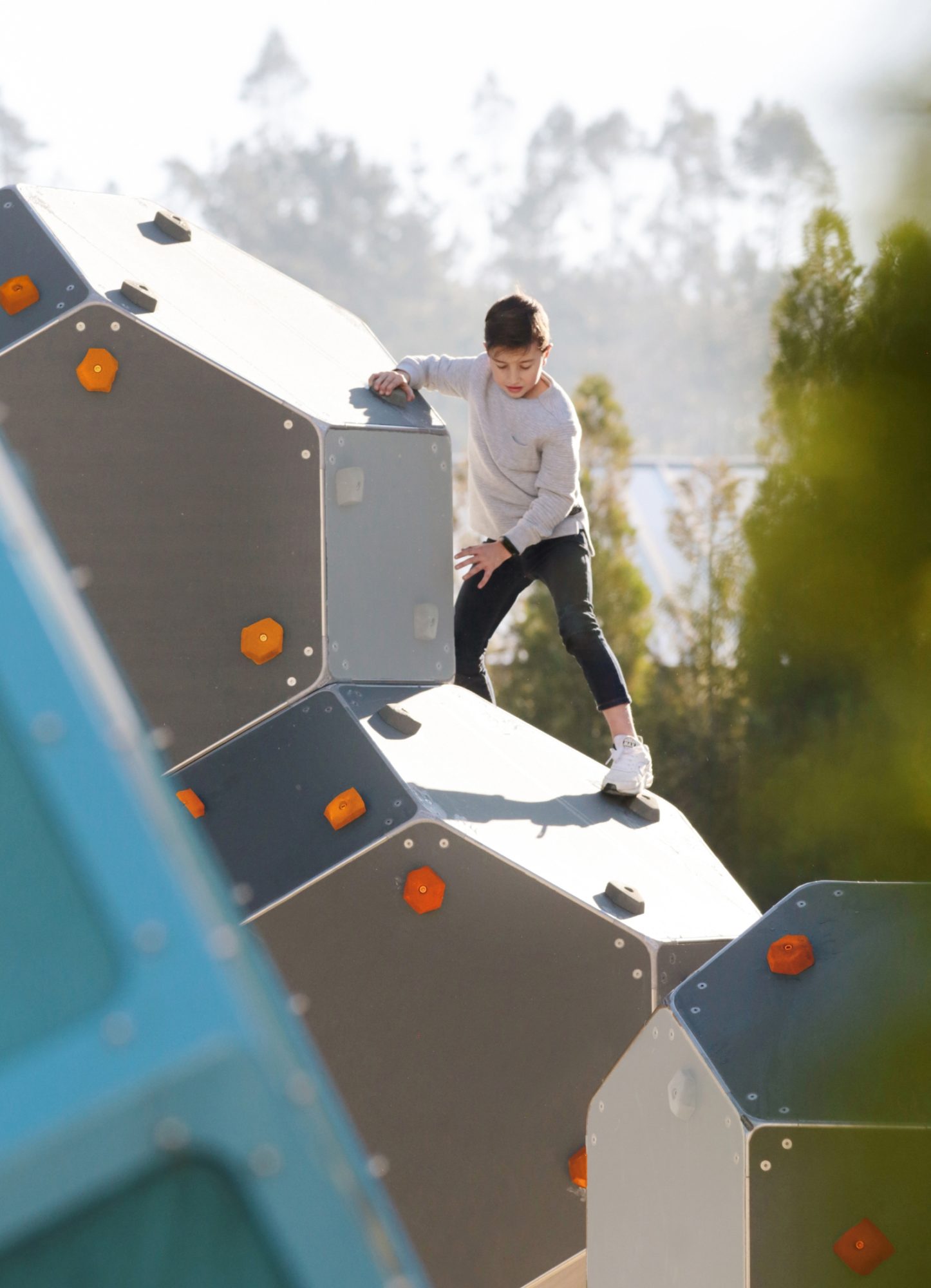
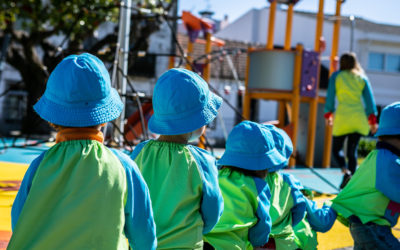
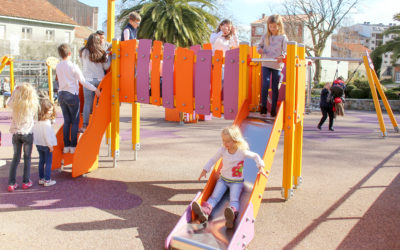
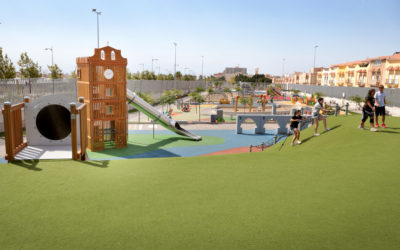

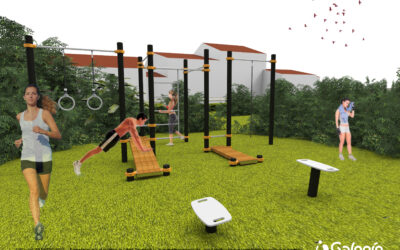
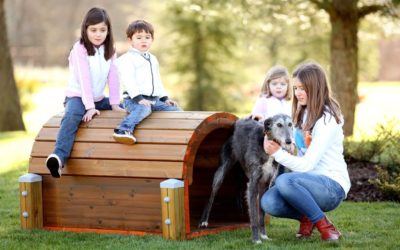
0 Comments